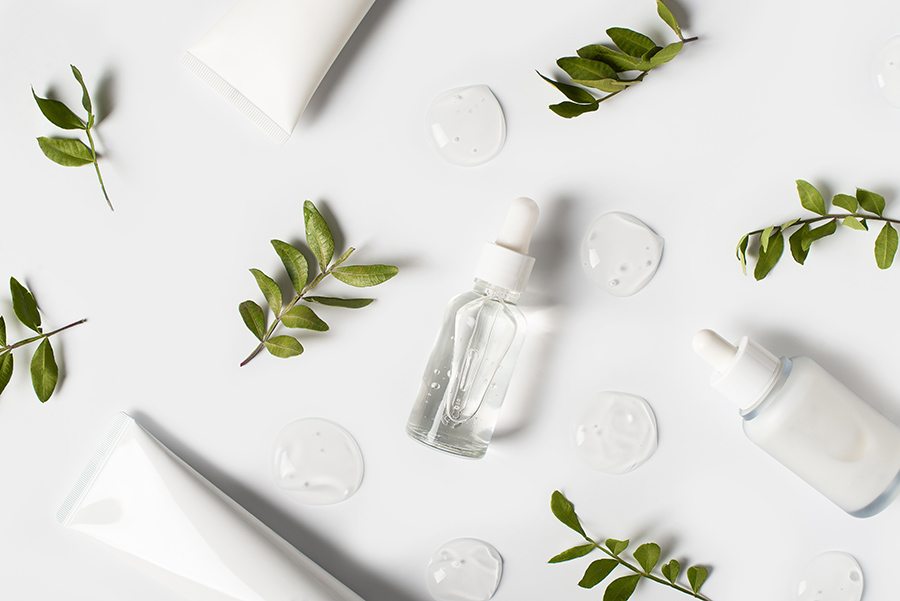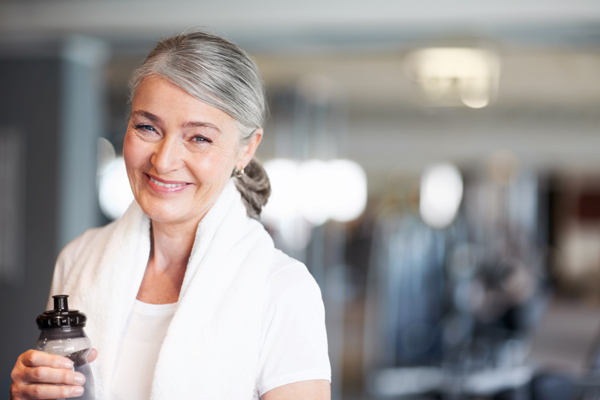Since I was in my early 30s, I went totally crazy with skin care, all because the stress I was […]
Currently browsing: Aging
What Does it REALLY Take to Get Good Skin? My Skin Care Basics Guide!
I had mentioned on my instagram account a while back that I would talk about my story with skin care. […]
What Taking Care of My Dad In His Last Months Taught Me…
My dad died this year (2017), on March 20th at age 71. Just a few months beforehand, my best friend […]
A Faster Metabolism At Any Age
Although genetics and age play roles in your metabolism, recent studies are showing that you actually have more say than […]
Categories
- Age Spots
- Aging
- Alpha-Lipoic Acid
- Alzheimer's
- Anti-Depressants
- Anxiety
- Appreciating Healthy Food
- Articles/Excerpts
- Artificial Sweeteners
- Attachment
- Ayurveda
- Ayurvedic Teas
- Birth Control
- Bladder Infections
- Blueberries
- Books
- Breakfasts
- Breathing
- Brussels Sprouts
- Buddhism
- Caffeine
- Caregiving
- Coffee
- Consciousness
- CoQ10
- Creative
- Creativity
- Death
- Depression
- Detox
- Detoxify
- Diets
- Digestive Issues
- Eating Raw
- Emotions
- Entrepreneurship
- Essential Oils
- Events
- Fear
- Folate
- Fruit
- GAPS Diet
- General
- Genetics
- Glycemic Index
- Grains
- Health
- Herbs
- Hiking
- Hmong Recipes
- Home Remedies
- Identity
- Infections
- Insights
- Intuition
- Juicing
- Lifestyle
- Love
- Love
- Low-Carb
- Low-Carb Cookin'
- Magnesium
- Mediterranean Diet
- Mental Health
- Metabolism
- Mindfulness and Meditation
- Obesity
- Omega-3 Fatty Acids
- Out of Body Experiences
- Parents
- Phoenix Europa
- Physical Fitness
- Phytonutrients
- Poetry
- Probiotics
- Products I Recommend
- Protein Powders
- Protein Powders
- Q&A
- Quinoa
- Quotes
- Recipes
- Recipes
- Reflections
- Relationships
- Salads
- Seeds
- Self-Improvement
- Side Dishes
- Skin Care
- Slider
- Smoothies
- Social
- Soups
- Spirituality
- Supplements
- T-Shirts
- Tech
- Teenage Years
- Teeth
- The Paleo Diet
- Thoughts and Reflection
- Toothpastes
- Travel
- Twin Flames
- Ubiquinol
- Uncategorized
- Under 20 mins
- Using a Pressure Cooker
- Vegetables
- Vitamin E
- Vitamins
- Wisdom
- Women
- World
- Writing
Tags
anti-depressants
anxiety
awareness
ayurveda
clarity
consciousness
contemplation
dan millman
depression
diet
Diets
digestion
ego
energy
fear
Fruit
gastroparesis
health
healthy
herbs
home remedies
IBS
Internet
kale
letting go
lifestyle
Love
Marketing
meditation
mental health
mind
mindfulness
nutrition
path
probiotics
prozac
quinoa
quotes
Recipes
self-awareness
self-improvement
soups
spirituality
Supplements
under 20 mins



